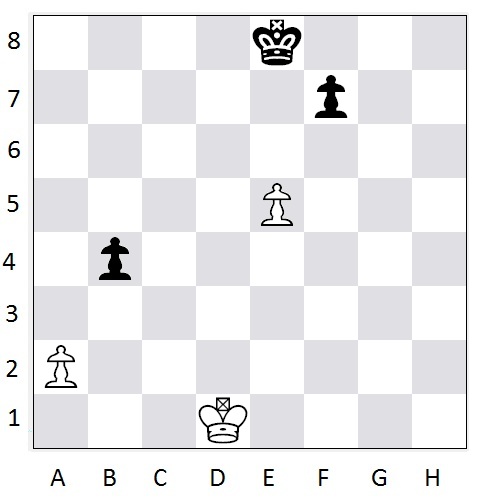
Pawns are placed to the line before the last line. Light Pieces: Two horses and two knights and two BishopsĬhess board is put between the players with its white corner square is placed to the right of the player according to the perspective of the players. 16 of them are white (or light color), 16 of them are black (or dark color). In the beggining of the game there are 32 pieces. The captured piece cannot return to the game, but the pawn which has reached to the last square of its line, whether being outside the game or not, can be changed with another piece that is more valuable than pawn and less valuable than king. Every piece has the power to disqualify every piece it has dislocated by getting located in the square where the piece of the opponent stays. It is essential in the game to limit the opponents ability to move and weaken the opponent by taking its pieces by moving one’s pieces to adventageous squares.

Also the game can end in any moment with one of the players’ acceptance of defeat or with offer of a duece by a player and by acceptance of the other player.

If the king of a player is in a square that is not under the threat and only the king of this player is left and no other square is left without being under threat that the player can make a move than the game finishes with pat, meaning deuce. This enables more chess pieces to move to the center. Most important step taken to show fast progress is gambit, meaning sacrifice of a pawn. This abides with the principle of weakining the opponent by taking its man.įast progress is important for chess. This means that the square of which the opponents’ king is in is under threat and that there is no move left which enables the escape to another square that is not under threat or to avoid the threat. You can help out by making a small donation or by using this site's affiliate links when you shop at or goal of the chess is to mat the king of the opponent. This site is supported by advertising and by donations. Thus, it isįor instance possible that a player has at a certain moment two queens.)īefore and after a promotion Next: Movement of the pieces (3) Is not required that the pawn is promoted to a piece taken. The pawn to a queen, but the other types of pieces are also allowed. Rook, knight, or bishop (of the same color). Moves a pawn to the last row of the board, he replaces the pawn by a queen, Pawns that reach the last row of the board promote. The player who could take en-passant does not do this in the first moveĪfter the double step, this pawn cannot be taken anymore by an en-passantĪ double pawn step, and a following en-passant capture This taking en-passant must be done directly: if Pawn may move to the square on the third row that was passed over, and Makes a double step from the second row to the fourth row, and there isĪn enemy pawn on an adjacent square on the fourth row, then this enemy

There is one special rule, called taking en-passant. When taking, the pawn goes one square diagonally forward. The pawn may make a double step straight forward. I.e., the pawn is still at the second row (from the owning players view), Or whether it takes a piece of the opponent. The pawn moves differently regarding whether it moves to an empty square The piece that is jumped over is further notĪffected by the knight: as usual, a knight takes a piece of the opponentīy moving to the square that contains that piece. For instance, white can start the game by moving It is allowed that the first square that the knight passes over is occupiedīy an arbitrary piece. Or vertical direction, and then one step diagonally. The knight makes a move that consists of first one step in a horizontal The rules of chess Movement of the pieces (2) Knight


 0 kommentar(er)
0 kommentar(er)
